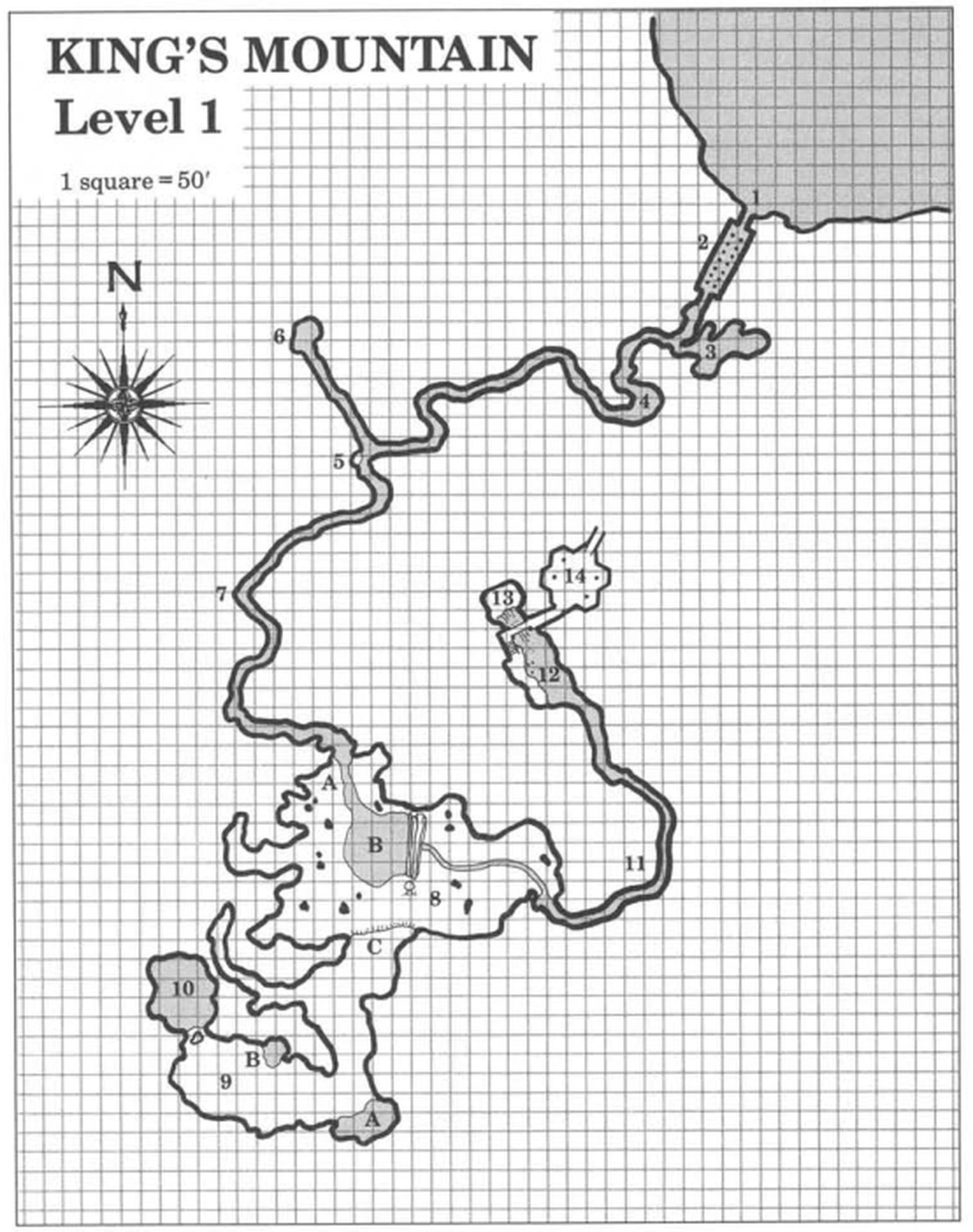Parallel Rules and BIND
- Malin Freeborn
- October 26, 2023
I want contradictory things for BIND, so I’ve been trying to do both. And I have finally made it work…I think.
Rules are Like Onions
Rules for resolving actions now comfortably fit on about three pages at the start of each adventure module. The rest appear where needed:
- Adventure modules come with price-sheet handouts for local markets.
- The modules also have pre-made character sheets, which removes the need for character creation rules.
- Character sheets show the character’s Knacks and spells.
- Random encounters are presented as encounter-lists for the Judge.
The core rules have all the details on the Knacks, and longer spell descriptions, with notes on how to stop the spell’s effects.
The Oneshot Campaign
Escape from the Goblin Horde starts with fresh characters in the darkness of a goblin-infested warren. When armour first appears in the game, a big footnote explains how armour works, and the same goes for projectiles and the rest; hopefully this will make the introduction easy, and help a new Judge run the game.
But the module has a second, less obvious version for gaming tables who already have characters. The other version has none of the footnotes explaining basic rules, and doesn’t need any pre-generated characters. Instead, it has harsh time-limits as the goblin raiding-parties will return soon, with a lot of ogres.
Magic
The first reading of the magic system shows the players some short spells on their character sheet: ‘spend 2 Mana Points, stuff happens, range of 20 steps’. Characters can pick up new spells within the game regularly, as each NPC has their own spells listed by the statblock.
Attentive players will soon notice a lot of patterns. All level 1 spells have the same range. Level 2 spells have two possible ranges, and any which target multiple people always target 4. The heavy patterns mean anyone with a few spells will know what to expect from new spells.
The patterns exist because the books have a formula to make spells. This kind of thinking is clearly too much for first-time players (or any Judge) but once players have to deal with a dozen spells, they will find it easier to just know in general what magic can do. Once a player understands the general form of magic, they will be able to just see ‘Fate 1, Water 2’ on the character sheet, and understand how to create 18 spells from those two alone.
This leaves an easy magic system for new players, and an in-depth magic system for experience players who understand the metaphysical patterns.
